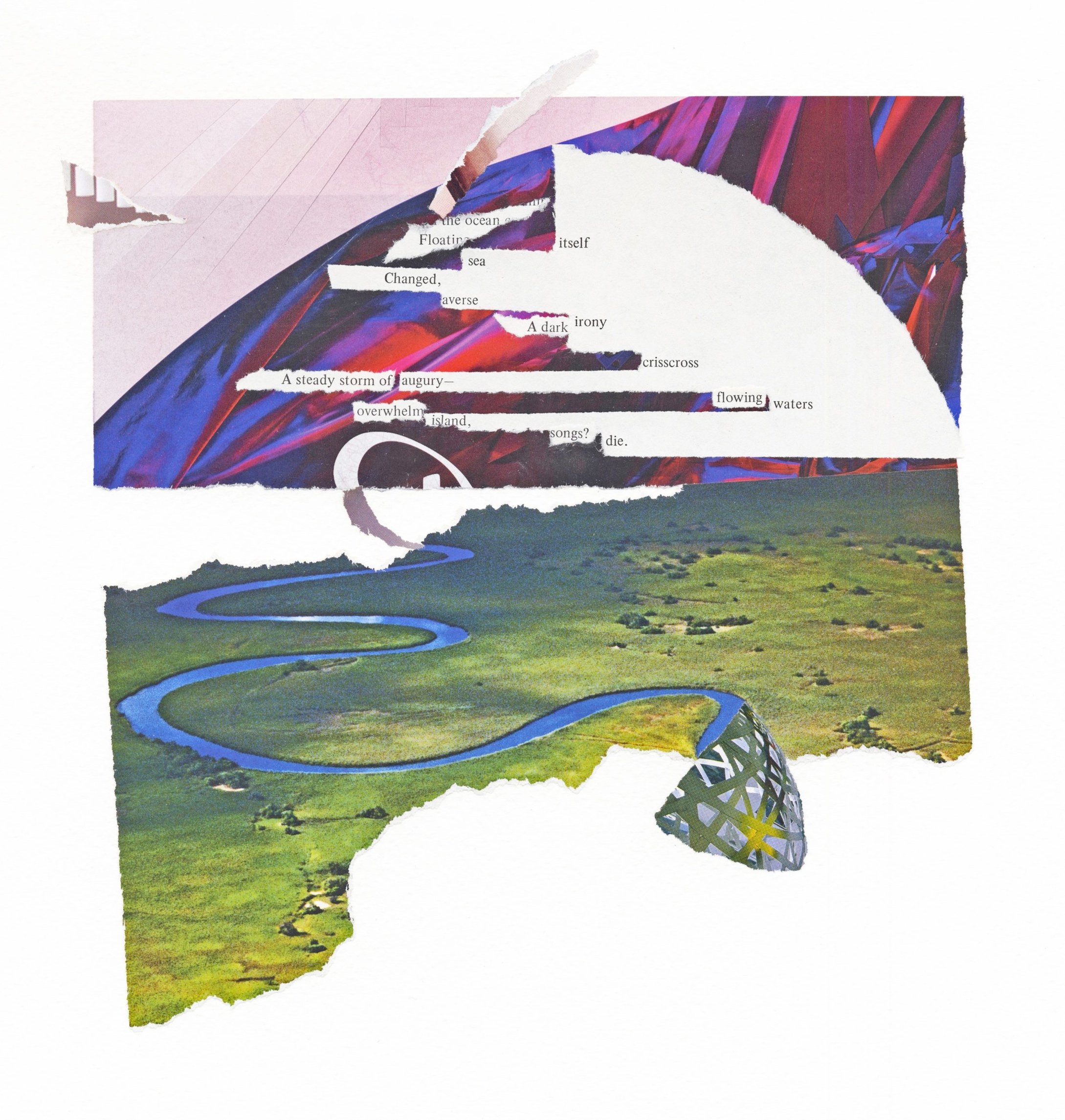More about the impetus behind the pieces in my “Gesture and Flow” exhibition (May/June 2023)...
You may've read in the previous post about how, during the pandemic, I used drawing to alter potential collage imagery. In the spring of 2022 I participated in a Poetry and Collage residency. While learning about asemic writing, I began exploring all kinds of mark-making.
My husband and I were fortunate to be able to spend significant time on the Oregon Coast that year. I used my beach walks to gather potential mark-making tools: stems of dune grasses, sticks, driftwood, shell fragments, etc. Connecting to nature was an impetus in attempting to use these "finds" as tools. I worked on paper so that the pieces would be easy to move back and forth to the studio in Denver.
Natural tools: driftwood, sticks, and grasses — before they were darkened with ink
My favorite markmaking tools were the spiral structures from broken shells. They hold a pretty good quantity of ink and make lovely, blob-ular strokes that fade off into feathery wisps. There's a lot of chance and variation involved in how the ink flows and I enjoy working with that dynamic. Found papers, found words, found tools just seem to go together.
Marks made with the interior spiral structure of a found broken seashell.
During the residency, I used a page of asemic writing, made with the end of a stick as my pen, to support a few words of almost-hidden text. All the found words are tucked in to the right side so that they’re barely noticeable. It takes some study to discover the message. It reads:
shadow
evening wraps me, steady
How slowly dark
comes
down
be still
“Shadow,” asemic writing created with driftwood tool and ink with added collage poetry, 14 x 11”, 2022.
Over the last year, I've made marks on stacks of 14 x 11" watercolor papers. Some of the resulting designs were intriguing enough that I decided to add collage elements to emphasize the curving shapes, extend the lines, and punctuate the movement. It was a joy to discover paper elements that contained imagery (lines and curves) that matched up with the linework or otherwise enhanced the composition. Responding to the marks (and learning when to stop) was an engaging and time-consuming process. I worked on several at a time so that when I got “stuck”, I could work on another. Somehow the appropriate imagery would eventually be found and I could then return to add the needed element(s). And the back and forth cycle of developing the final works would continue.
“Pivot,” collage and ink on watercolor paper, 14 x 11”, 2023.
“Buoyancy,” collage and ink on watercolor paper, 14 x 11”, 2023.
The resulting collages make up the bulk of the work in the Gesture and Flow exhibition. They are very different from anything I've created in the past. I'm learning a lot by talking about the collages with people who visit the show. I’m getting feedback about their being quite joyous and especially captivating upon close inspection. I loved hearing a couple of people reference Calder’s work while looking at them, a correlation that hadn’t occurred to me, although I’ve always resonated with his works. (And have a Calder-esque mobile over my desk!)
Hanging the work on the gallery walls allows me to gain further perspective by studying the pieces as a related group — I think this work will form the basis for an ongoing series of collages.
Gallery installation of Gesture and Flow exhibition, 2023. Each collage is framed, 20 x 16”, and was made in 2022-23.
This concept may work best on an intimate scale, but I'd also like to try working on larger versions. Perhaps by working with bigger brushes or tools and responding with appropriately-sized collage elements. Another option is to continue to work with the current tools by scanning and enlarging the marks, printing them out, and then adding larger collage elements. Not sure where all this is going but I'm enjoying the process!







